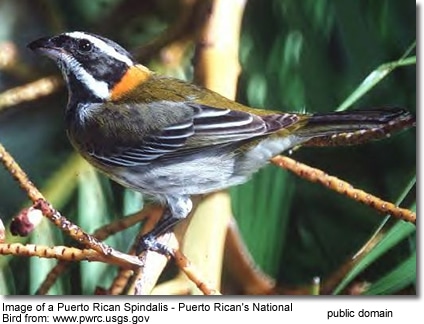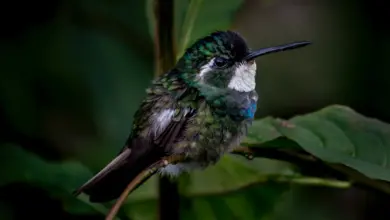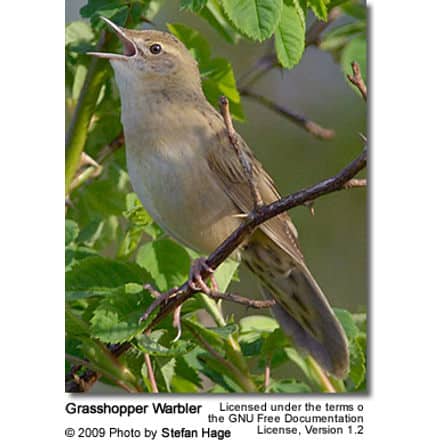Corn Buntings, Miliaria calandra
Corn Buntings
The Corn Buntings, Miliaria calandra, occurs naturally across southern and central Europe, north Africa and Asia across to Mongolia. It is mainly resident, but some birds from colder regions of central Europe and Asia migrate southwards in winter.
It inhabits open country with trees, such as farmland and weedy wasteland.
Its numbers have declined greatly in northwest Europe due to intensive agricultural practices that reduce its food supply of weed seeds and insects.
Description:
This large bulky bunting measures 16-19cm in length.
The upper plumage is streaked grey-brown above. The plumage below is whitish.
Males and females look alike, except the males are about 20% larger than females..
Breeding / Nesting:
Males mate with up to three females.
The nest is made of grass, lined with hair or fine grass, and is usually built on the ground. Average clutch size is 4, but commonly varies
Males are not involved in nest building or incubation, and only feed the chicks when they are over half grown.
Call / Song:
The male’s song is described as a repetitive metallic sound, usually likened to jangling keys, often given from a low bush, fence post or telephone wires.
Diet:
They mostly feed on seeds outside the breeding season, and increase their insect consumption when raising chicks.
Species Research by Sibylle Johnson
For updates please follow Avianweb on Google+ (google.com/+Avianweb)
Please Note: The articles or images on this page are the sole property of the authors or photographers. Please contact them directly with respect to any copyright or licensing questions. Thank you.
The Avianweb strives to maintain accurate and up-to-date information; however, mistakes do happen. If you would like to correct or update any of the information, please send us an e-mail. THANK YOU!
earthlife.net:© Copyright Policies| Disclaimers | We respect your privacy: Site Privacy Policy | For questions or comments, please contact Website Administrator
Any content published on this site is commentary or opinion and is protected under Free Speech. It is only provided for educational and entertainment purposes and is in no way intended as a substitute for professional advice. Avianweb assumes no responsibility for the use or misuse of any of the published material. Your use of this website indicates your agreement to these terms.
Index of Parrot Species
Index of Bird Species
Popular Bird Species
- Bee-eaters
- Birds of Prey
- Bluebirds
- Cardinals / Red Birds
- Cranes
- Chicken (Backyard)
- Crows
- Doves
- Ducks
- Figbirds
- Geese
- Hummingbirds
- Kingfishers
- Nighthawks / Nightjars
- Owls
- Parrots
- Pigeons
- Sparrows
- Swans
- Toucans
- Woodpeckers
Interesting Facts
The Smallest Bird Alive …
Birds that can hibernate for months: the Common Poorwill
The Oldest Parrot:
- Blue & Gold Macaw
The ONLY Birds that Can Fly BACKWARDS …
The largest flying parrot species is …
- The Hyacinthine Macaw
The World’s Rarest Wild Parrot
- Spix’s Macaw
The parrots that build “bird condominiums”
- The Quaker Parrot
The Most Common Hawk in North America
The Eurasian Eagle Owl is World’s Largest Owl
The record holder for speaking most words:
- Budgie (with over 1,700 words)
The Smartest Birds Alive?
- The birds that go fishing with breadcrumbs!




